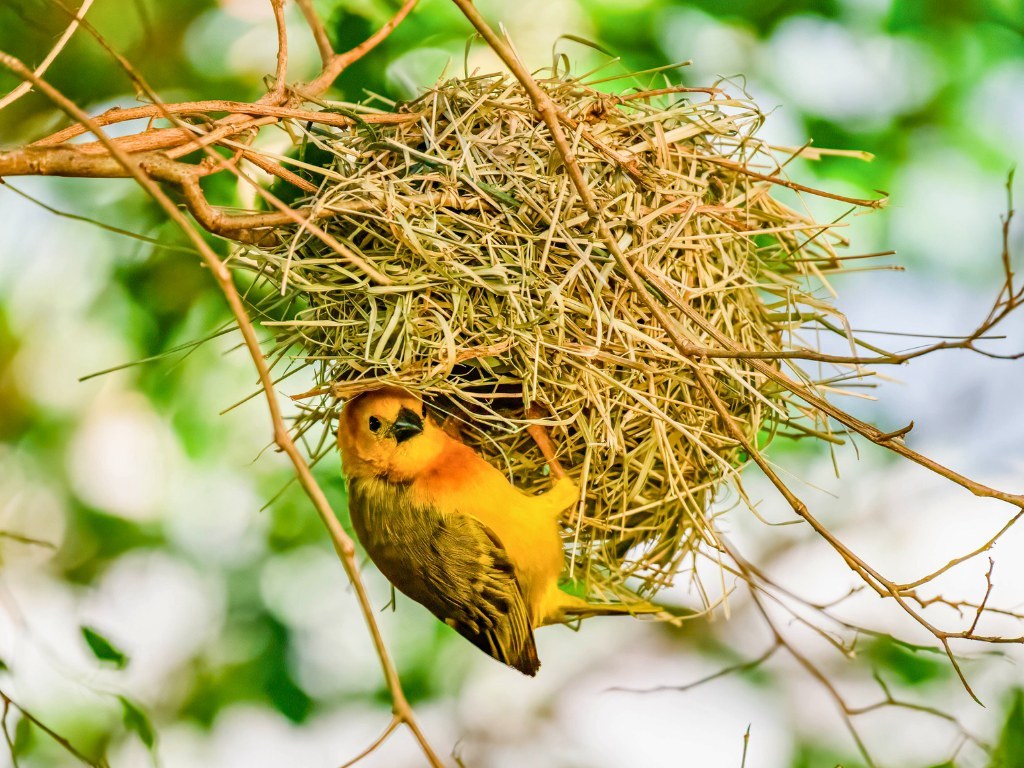- The origins and significance of National Bird Day, and its role in wildlife conservation.
- The diversity of bird species at zoos and their importance in educating the public about avian life.
- Programs and initiatives undertaken by zoos for bird conservation and research.
- The impact of habitat destruction and climate change on bird populations.
- Measures individuals and communities can implement to support bird conservation efforts.
National Bird Day, celebrated annually on January 5th, serves as both a pause for appreciation and a call to action for the avian population. This awareness day underscores the importance of conserving birds, illuminating their ecological roles and stressing the threats they face. Established by the Avian Welfare Coalition and Born Free USA in 2002, National Bird Day raises consciousness about the plights confronting our feathered neighbours. These efforts include a focus on birds in captivity and issues related to the illegal bird trade.
Zoos play a crucial role in supporting the ideals of National Bird Day. They serve as educational hubs that offer insights into the diversity of bird species. Birds in zoos come from various regions, reflecting an array of adaptations that enable survival in distinct ecosystems. For instance, the zoo’s tropical birds, such as macaws and toucans, highlight the critical importance of rainforest preservation. Bird exhibits often include raptors, showcasing these majestic hunters’ incredible hunting skills and raising awareness about their role in controlling pest populations.
By displaying such diversity, zoos educate visitors about complex ecological interdependencies, emphasizing how the disappearance of one species can affect entire ecosystems. This understanding fosters an appreciation of biodiversity and nurtures a conservation ethic. Informing the public through interactive exhibits and programs enriches visitors’ knowledge and garners their support for wildlife conservation.
Efforts undertaken by zoos extend beyond merely exhibiting birds. They are engaged in vital conservation initiatives and research. Breeding programs are pivotal in sustaining populations of endangered species. The California Condor Recovery Program is an exemplary initiative, resulting in the successful reintroduction of this once nearly extinct species. Collaborative breeding endeavors such as the Species Survival Plan ensure genetic diversity, strengthening populations against disease and environmental changes.
Zoos also engage in field research and habitat restoration projects. For example, partnerships with conservation organizations help protect migratory routes and breeding sites. These programs provide invaluable data on migration patterns, breeding successes, and threats to habitats. By tracking bird movements and population dynamics, researchers can inform conservation strategies tailored to specific species’ needs. Such evidence-based approaches maximize success in conserving threatened bird species.
Addressing the growing threats of habitat destruction and climate change is crucial in bird conservation. Deforestation, urbanization, and agricultural expansion have caused drastic habitat reductions, with forests, wetlands, and grasslands increasingly under threat. These changes restrict foraging areas, breeding grounds, and migration pathways, pressing many species toward endangerment. Climate change exacerbates these issues by altering habitats and food availability, forcing species to adapt swiftly or face extinction.
Conservationists advocate for preserving large contiguous habitat tracts to combat these challenges, which maintain the ecological flexibility necessary for birds’ survival during environmental shifts. Restoration projects focus on rewilding degraded ecosystems to support bird populations. Strategies include reforestation, wetland restoration, and invasive species management. Climate change mitigation through sustainable practices and reducing greenhouse gas emissions is also vital for protecting the world’s avian diversity.
Individual and community action is equally important in supporting bird conservation. Citizen science projects like bird counts contribute valuable observational data, aiding researchers in tracking population trends and understanding ecological changes. Maintaining bird-friendly environments at home and in local communities can also make a difference. Planting native vegetation, controlling domestic predators, and reducing pesticide usage create safer habitats for local and migratory birds alike.
Educational outreach remains critical, as it fosters passion and commitment to conservation across generations. Schools, nature centers, and community groups can organize birdwatching events, walks, and talks. Raising awareness about the birds in our backyards and beyond encourages responsible environmental stewardship and cultivates a sense of shared responsibility for preserving avian life.
National Bird Day isn’t simply a celebration. It’s a reminder of the ongoing work necessary to protect our avian cohabitants. From small actions at home to extensive conservation initiatives, each effort contributes to securing a future where birds continue to thrive. Our feathered friends at the zoo invite us to learn, appreciate, and lend our voices to the cause, ensuring the harmonious existence of birds and humans for generations to come.
*****
Source Description
Happy National Bird Day from all your feathered friends here at the Zoo! 🦅 🦜


